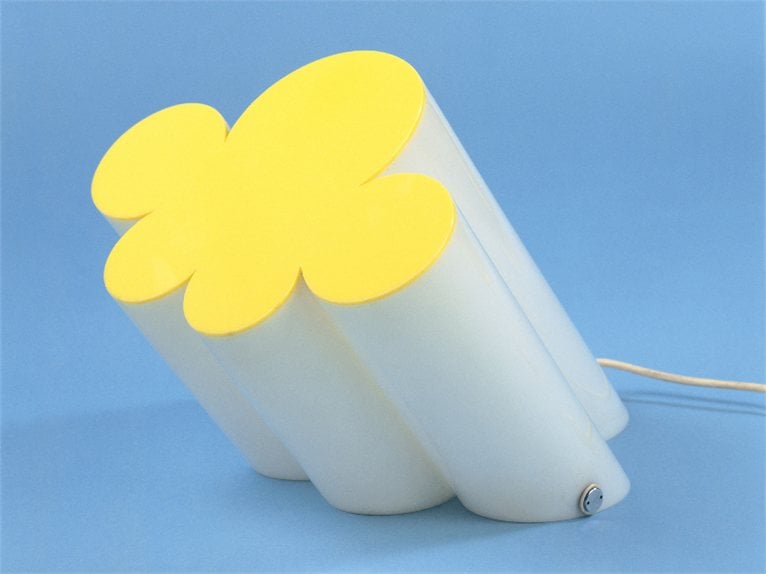 The exhibition demonstrates how design in the early 1950s anticipated certain later elements of Pop Art. In the ensuing years, both artists and designers explored the motifs of the emerging consumer society. Objects of daily use were transformed into artistic pictorial motifs and sculptures while de-signers, in turn, availed themselves of artistic strategies like quotation, collage and irony to develop a new aesthetic for everyday objects. Highlights of the exhibition include an early screen designed by Andy Warhol (1958), Roy Lichtenstein’s monumental Yellow Brushstroke (1965) and Allen Jones’ table Woman (1969) along with Ettore Sottsass’ wardrobe Superbox (1965-69), a sculptural furnishing ob-ject.
The exhibition demonstrates how design in the early 1950s anticipated certain later elements of Pop Art. In the ensuing years, both artists and designers explored the motifs of the emerging consumer society. Objects of daily use were transformed into artistic pictorial motifs and sculptures while de-signers, in turn, availed themselves of artistic strategies like quotation, collage and irony to develop a new aesthetic for everyday objects. Highlights of the exhibition include an early screen designed by Andy Warhol (1958), Roy Lichtenstein’s monumental Yellow Brushstroke (1965) and Allen Jones’ table Woman (1969) along with Ettore Sottsass’ wardrobe Superbox (1965-69), a sculptural furnishing ob-ject.
 Album covers, magazines and photographs of contemporary interiors, including the apartment of the legendary collector Gunter Sachs, document the rapid development of the Pop aesthetic – from an art movement into an aesthetic phenomenon that continues to shape our society to this day.
Album covers, magazines and photographs of contemporary interiors, including the apartment of the legendary collector Gunter Sachs, document the rapid development of the Pop aesthetic – from an art movement into an aesthetic phenomenon that continues to shape our society to this day.
 The exhibition features approximately 50 works of art and 80 design objects from international museums. A significant number of the works are from the internationally renowned collections of the Louisiana Museum of Modern Art (Denmark) and the Moderna Museet in Stockholm, which co-produced the exhibition and will subsequently present it themselves in 2013.
The exhibition features approximately 50 works of art and 80 design objects from international museums. A significant number of the works are from the internationally renowned collections of the Louisiana Museum of Modern Art (Denmark) and the Moderna Museet in Stockholm, which co-produced the exhibition and will subsequently present it themselves in 2013.
 The exhibition is accompanied by a comprehensive catalogue with essays by Marco Livingstone, Steven Heller, Brigitte Felderer and others. Parallel to "Pop Art Design", an exhibition on Erwin Wurm will be shown in the Vitra Design Museum Gallery. Wurm’s oeuvre typifies the continuing impact of Pop Art and popular culture on the work of many artists and designers up to the present.
The exhibition is accompanied by a comprehensive catalogue with essays by Marco Livingstone, Steven Heller, Brigitte Felderer and others. Parallel to "Pop Art Design", an exhibition on Erwin Wurm will be shown in the Vitra Design Museum Gallery. Wurm’s oeuvre typifies the continuing impact of Pop Art and popular culture on the work of many artists and designers up to the present.

Photo Credits:
1. Studio 65 | Leonardo Sofa
2. Panton | Swimming Pool
3. Superstudio | Passiflora Lamp
4. Ettore Sottsass | Superboxes
5. Claes Oldenburg | Fagend Study


comment